
Hello friends of #STEEMIT, today I bring for you one of the most interesting mummies found in Europe, I hope you like this article. On September 19, 1991, two German mountaineers, Helmut and Erika Simón, discovered a corpse lying on the ground, on the Otzal glacier of the Tyrolean Alps, between Austria and Italy. They thought he was a contemporary mountaineer and warned the authorities. For their belongings, like a layer of vegetable fiber and flint-tipped arrow, it was established that it was very old. Today called "Otzi", lived 5,300 years ago, in the copper age, when they began to use metal utensils in Europe.
Although Otzi gave the impression of being naked when they discovered him, he was surrounded by pieces of clothing and other belongings. Removing it from the ice was difficult, even though a pneumatic drill was used.

The scientists determined that Otzi spent most of his life in the Alpine region between Austria and Italy. They extracted minerals from teeth, bones and intestines, and compared them with samples of water and soil taken from a large area of the Alps. The results indicate that Otzi was born in a valley village of Eisack south of Tyrol. He never left more than 60 km from his hometown.
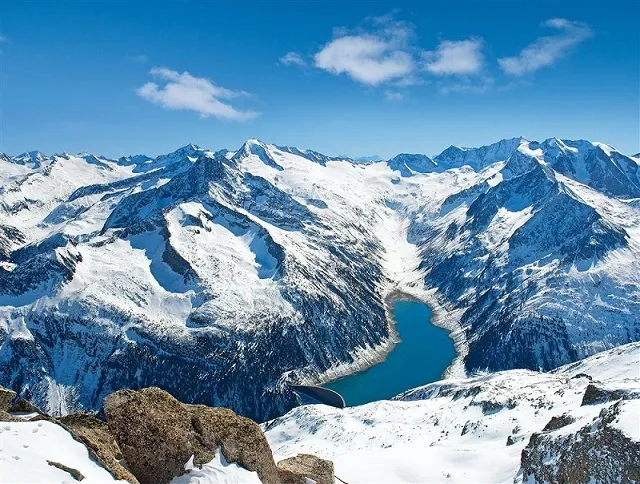
The cause of Otzi's death was discovered in 2001, thanks to this radiograph showing an arrowhead between the clavicle and the rib cage. He was probably shot in the back and the wound caused severe internal bleeding, which later caused his death. The shaft of the arrow was missing proof that Otzi had a partner who took it out, because it is difficult that he could only do it.
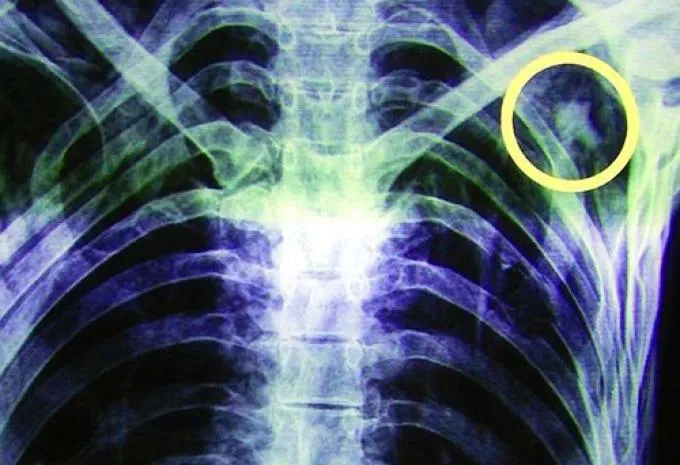
The DNA analysis of the blood found in Otzi's weapons and clothing shows that he died after a terrible fight in which at least four other people participated. Two men's blood was found on an arrow, indicating that he killed two enemies and then retrieved his arrow, there was another man's blood on the dagger, the blood of a fourth man on Otzi's clothing indicated that he was carrying his shoulder to a wounded companion.
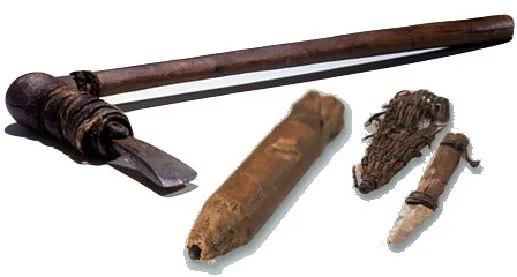
The scientists studied Otzi's body in detail and discovered many facts about his health. The pattern of growth of the only nail preserved shows that he was seriously ill at least three times in the last year of his life. He also had arthritis and was infested with fleas and parasites that must have caused diarrhea. The scientists also established that he was about 48 years old when he died, old age for someone from prehistory.
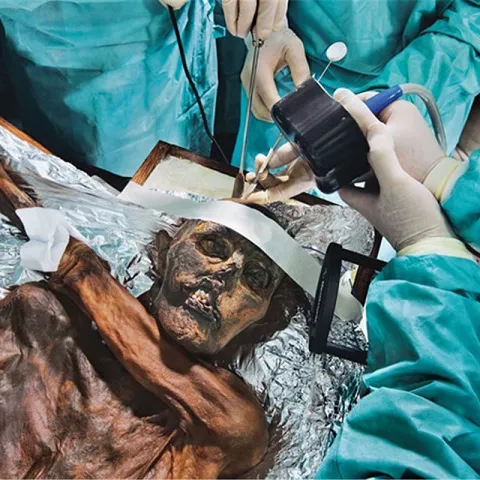
Because Otzi was found on the border between Austria and Italy, there was some controversy to determine which country he belonged to. At first it was kept in Austria, at the University of ** Innsbruck **, but the Italians managed to prove that it had been found 92.6 m inside its border and recovered it in 1998. Otzi can now be seen in his refrigerated chamber in the Museum of Archeology in Bolzano, Italy, built especially for the find, south of Tyrol.
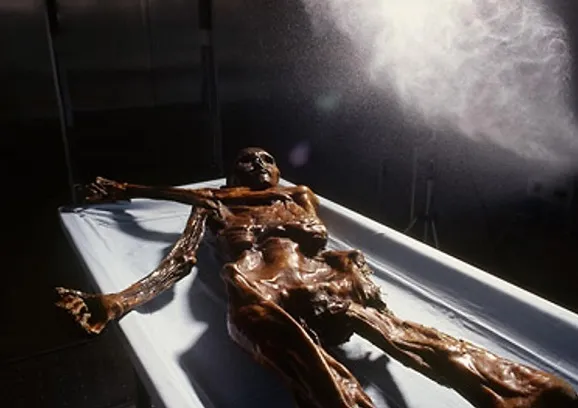
As this reconstruction shows, Otzi was well equipped to survive in the Alps. Under his layer of vegetable fiber, which he could use as a blanket at night, he wore several layers of warm clothes, made of goat skin and deer, was well armed, with a powerful arc of yew, the best wood for that purpose. His survival team consisted of fire flints, berries to eat, and two pieces of agaric mushrooms, perhaps medicine.

A pleasure to have presented to all of you this small but informative article about one of the mummies findings in Europe, thank you for reading me.

